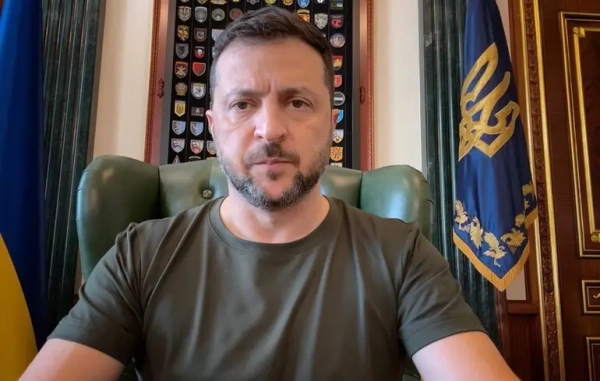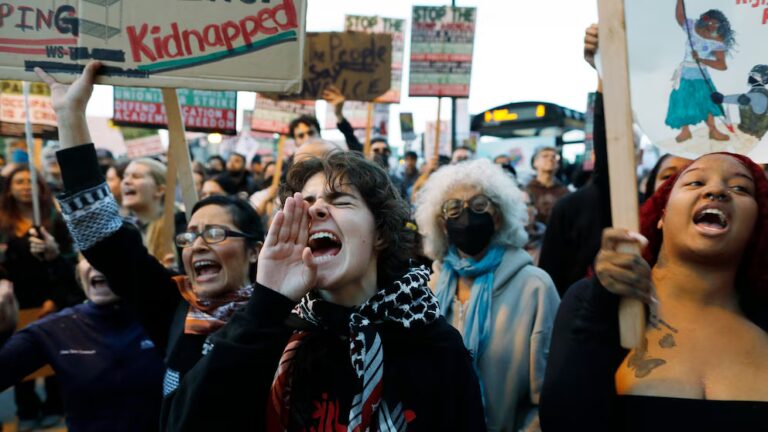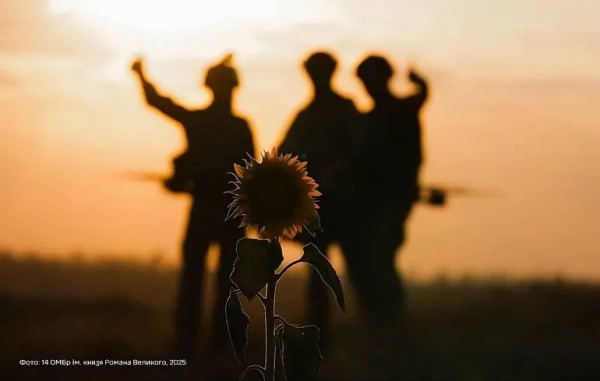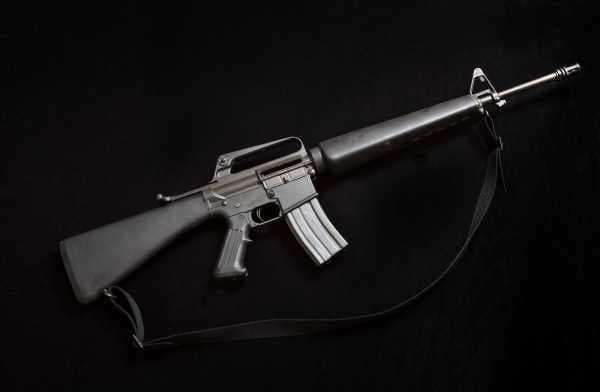
The assault weapons ban is one of the best policy proposals since March for our lives and other supporters of gun control. But it is also one of the gun control measures in the least favorable evidence behind this.
A typical argument for the ban: weapons of war have no place in American community. High-speed, high-capacity weapons is extremely dangerous, even more than other semi-automatic firearms, such as pistols. They have also been used disproportionately in mass shootings. And they are not needed for hunting or self-defense. Therefore, they should be prohibited altogether.
All of these claims have a certain intuitive feeling for them. What they have not, however, a lot of empirical data, based on my conversations with experts in gun policy and researchers. Studies on assault weapon bans, usually ranges from inconclusive adverse to prohibition.
This does not mean that the weapons ban had absolutely no effect. Consider 2017 mass shooting in Las Vegas. In this case, the bandit stopped at the 32nd floor of the hotel, near country music concert and shot indiscriminately into the crowd with assault weapons — which were also re-equipped with the stock shock, to simulate the firepower of the machine guns. It killed 58 people and injured hundreds.
A bump stock or not, it is clear that the shooting would have been much less deadly if a shooter is not use assault weapon and to use, say, instead of the more traditional weapons. The bullets would have less range, and those that would fall to reduce speed and therefore caused less damage. As a result of shooting with such a high number of victims, which could translate to potentially hundreds of injuries to avoid — although the shooter could change its approach without access to assault weapons.
Nevertheless, it is necessary to put this in context: this kind of violence is already quite rare. Mass shooting deaths represent less than 4 percent of gun murders in the US, while shooting with rifles, including assault weapons account for less than 3 percent. So pushing assault weapons from circulation will have a large effect on overall gun violence in America, even if it has an unusual effect on some very terrible tragedies.
These are just some of the complications that limit the effectiveness of weapons ban. So while the policy may seem intuitive, there is not much evidence to support it — and in a world of finite political capital for gun reforms, these research gaps need to be taken seriously.
Previous bans had no significant effect on gun crime
The most cited analysis, evidence analysis, 2013 researcher Christopher Koper on the effect of the 1994 Federal ban on assault weapons, which lawmakers let expire in 2004.
The analysis showed that “the ban doesn’t affect gun crime during the time he was in power, but some evidence suggests it may be a little reduced gunshot victimizations would have remained in place for an extended period.”
It was partially Koper wrote, because the 1994 ban was riddled with loopholes.
To understand why, consider the surprisingly difficult question in this debate: what is an assault gun, and how would you define it? For legislators, these issues pose a challenge for many years.
People may have visions of an assault weapon in the minds of say, semi-automatic rifles like AR-15, but to determine what does what an assault weapon can be difficult. It turns out that this is a semi-automatic? Well, there are semi-automatic pistols and hunting rifles also. This is a high speed and range? Traditional hunting rifle can have those features. This pistol grip? What is an easy way to circumvent the law, whether someone could simply remove the pistol grip, then it is not illegal weapons.
Eventually, in 1994, the ban has stayed on the definition of assault weapons, which included, among other “arm rifles, flash hinders, folding rifle stocks, threaded barrels for attaching silencers, and the ability to make ammunition, holding a large number of bullets” and also some specific guns by name, and “copies or duplicates” of them, Koper wrote. That captured some guns on the top of the rifle that people usually think of as offensive weapons.
But this prohibition is easily circumvented, Koper said: “relatively cosmetic changes, such as removing a flash Hider or bayonet mount, thus, is sufficient to transform a banned weapon into a legal substitute. In this sense, the law is perhaps best understood not as a ban gun, but as the law prohibiting weapons accessories”. Gun manufacturers took advantage of this, releasing modified versions of previous weapons to make them legal — blows a big hole in the law.
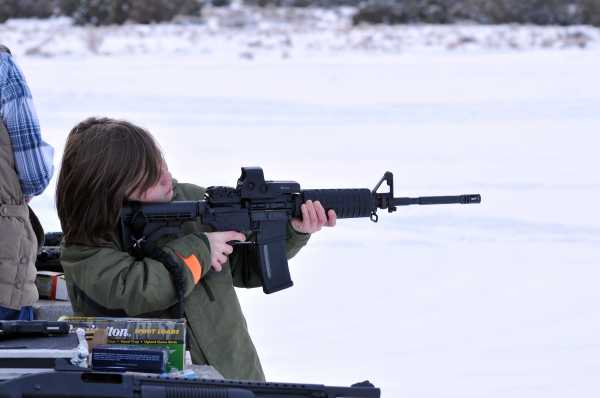

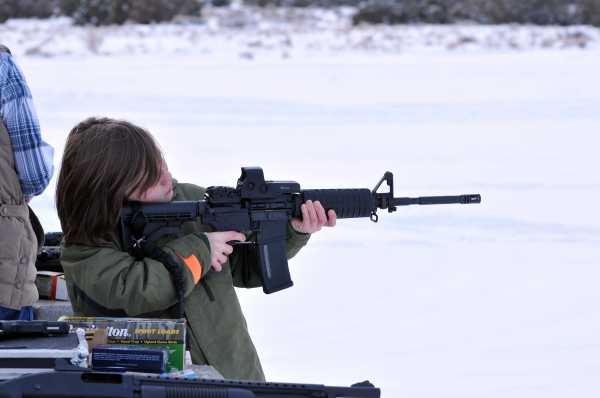
Plus, guns made and owned before the ban was established, making their right to own and transfer. That is not less than 1.5 million assault weapons in the United States at the beginning of the ban, according to Koper.
This is another tricky aspect, banning assault weapons: the latest guns to do to stay around, or effort to take those out of circulation via, for example, the programme of redemption or mandatory registration and tax scheme (similar to current law for automatic weapons)? The ban of 1994 took the same approach, but the March for our lives called for the last a new ban.
The ban of 1994 was also attached to the ban on high-capacity magazines that carried more than 10 rounds, which suggested that Koper was perhaps “the most important law is the law”. This is partly because this ban also affected firearms that were not covered by the assault weapons ban, so he can affect a wider level of violence with a firearm. Indeed, a study from February to Koper assumed that large capacity may be more often involved in a typical shooting deaths than previously thought.
But at the end of the day, Koper found that the 1994 ban had no significant impact on gun crime — though there were some modest effects if it was allowed to stay on longer and eventually pushed over assault weapons and high-capacity magazines out of circulation.
Analysis Koper has two large spaces: it was not looking to force a ban in 1994 on mass shootings, and it does not analyze state laws.
This best evidence review, an extensive report, “the Rand Corporation”, released in March, which looked at us studies on the gun control, including automatic weapon bans at the state level.
Here, too, is not good news for a ban on weapons. Rand found that the available studies are often contradictory. With an emphasis on the most thorough research, Rand found evidence of the impact of the ban on assault weapons and high-capacity magazines in mass shootings and violent crimes in General are “inconclusive”.
“None of the [research] subject, we have considered any credible evidence,” Andrew Morral, head of the initiative the weapons of RAND, told me.
“Research is quite weak,” said Morral. “In addition, many of these bans were pretty weak,” noting many of those loopholes that the analysis Koper did.
But what if the assault weapons ban was weak and really took the weapons from circulation? The US could, for example, to follow the example of Australia and a ban on a much broader category of semi-automatic rifles and Institute a mandatory program — in principle, the scheme is confiscation of firearms. This will have a significant impact?
The ban will have little impact on the overall level of gun violence, but perhaps some of the mass executions
Experts said that even more effective ban on assault weapons, probably will not have much impact on overall gun violence in the United States.
It’s only a small percentage of armed violence involves assault weapons, with the overwhelming majority of firearms involved more than the usual pistols. Morral said there is no reason to believe that the assault weapons ban will have no effect on suicide, which in recent years amounted to about 60 percent of all gun deaths.
In a country with so many gun deaths, cutting even one or two percentage points of total mortality for the gun, it may save hundreds of lives a year. But from the point of view of solutions to the General problem of America’s gun, it just doesn’t have a big impact.
Still, experts said that the weapons ban could have a significant impact on the lethality of mass shootings.
Assault weapons “functionality is really most relevant in the context of a public mass shootings,” said Daniel Webster, Director of Johns Hopkins Center for gun policy and research, me.
Research is still not very good in this area, largely because there is no universally recognized database for tracking mass shootings and what weapons they are connected. But there are some tests that can be done on.
Previous research criminologist James Alan Fox suggests that a ban of 1994 does not have an appreciable effect on the number of mass shootings.
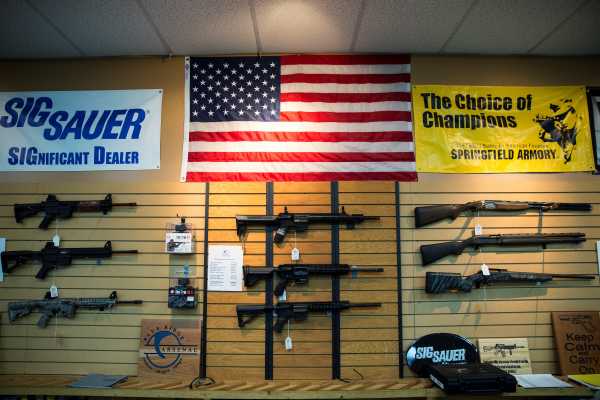

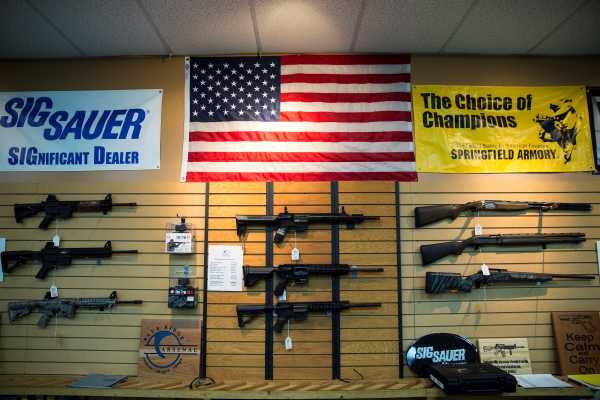
But Webster argued that although the end of the ban in 2004, is the result of more mass shootings, this might have led to more mass death shooting. He also noted that the 1994 ban has left many weapons in circulation and, therefore, could only phase of assault weapons over time, it is expected that the ban can only be a gradual effect.
Webster cited unpublished analysis of the mother Jones public mass shootings database: “when you fit a statistical model that is suitable gradual exposure, [and looks on the competitor in which prohibition is not in place] … the number of people who were shot in public mass shootings falls by about 10% each year that the law was on its place.” He cautioned that this is preliminary data, but it suggests that the Federal weapons ban do to reduce the lethality of mass shootings.
Morral, meanwhile, pointed to the 2017 analysis of the gun control advocacy group friend, who suggested that military weapons are not used in most mass shootings, but did these events more dangerous.
Rand summed up the results: “another analysis, which focuses on mass shooting events involving four or more fatalities in the period from 2009 to 2016 announced that 15 of the incidents (11 percent) involved assault weapons or high-capacity magazine, resulting in a 155 percent more injuries, and 47 percent more deaths than other incidents.”
“This is probably the case: You would get less deaths in mass shootings,” Morral said, explaining that this is based on inference and not on the results of specific studies. “It’s not nothing, but it’s a small percentage of the total number of murders with weapons.”
That’s where we should expect the effect of a strict assault weapons ban to fall. And of course, what would matter to groups such as the March for our lives, which was formed after the school shooting in which the shooters used assault weapons.
But if the March for our lives wants to meet a wider circle of armed violence — as it suggests it did during its big Washington, DC event — something that will have to think about other policies.
Another weapon policies could do more — and have popular support
March for our lives has put forward other proposals. Official plan of the five points requires more gun violence research, strengthening the Bureau of alcohol, tobacco, firearms and explosives, and universal checks, on top of their demand for an assault weapons ban and ban on high-capacity magazines.
Based on empirical studies of the assault weapon bans, it may be more reasonable to focus on other policies. In a world of finite political capital, restrictions on assault weapons ban are an important part of the discussion. Although the ban on assault weapons and high-capacity magazines (which, again, tend to go hand in hand), have 65 percent support in the Pew survey, they are faced with much more opposition from Republicans than other measures, and therefore will struggle to get through the Senate, which is likely to require bipartisan support.
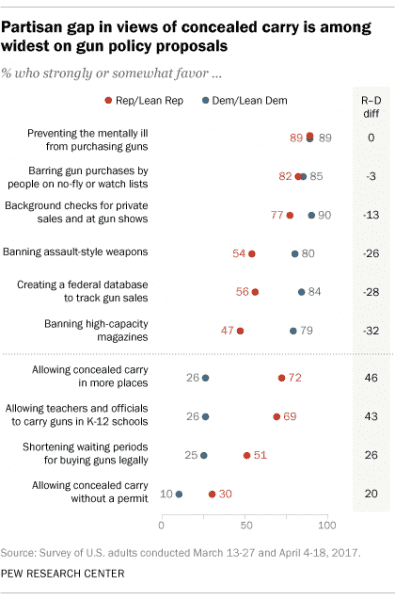

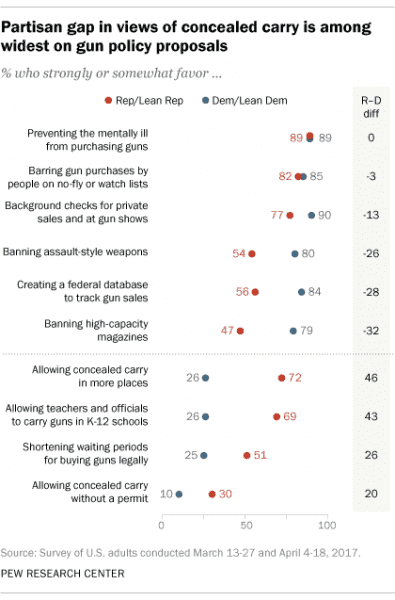
“If my child was injured or killed in a mass shooting rifles, I would be outraged, and I would say that this is unacceptable, and I would like to disable them, it is completely legal and correct,” said Webster. But, he added, other measures should go further in reducing violence with a weapon.
To this end, universal checks, which are included in March our plan of life can help. In the Rand report, for example, found evidence that inspections are associated with reduced firearm homicides and suicides.
There are other measures not included in the March for our lives a plan that experts say could do more to reduce violence with a weapon. Webster said the gun licensing and permitting schemes that are a little similar to the process of obtaining a driver’s license, except much more strict at the top of his list of likely political preferences.
He pointed to two of their research of Missouri and Connecticut, indicated that the permit for the purchase of those States, the laws reduced gun deaths. These studies are often cited in support of verification (of receipt of the permit requires verification). But Webster said the true power of these laws, the permitting process: “States that do not have a permit to purchase requirement], we do not see reliable effects that we see with permission.”
The 2013 survey that Webster worked on found that more than 77 percent of Americans will support the policy of licensing a gun.
After admission to the procurement requirement, Webster said that States could also do more to raise the standards of who can legally own a gun: an increase in the minimum age requirements that extend as long as people are not prohibited from acquiring firearms after certain offenses and restraining orders, add more offenses to the list of disqualifiers, and so on. And he said lawmakers may toughen concealed carry policy.
There are much more things we could do on these measures. Key issues on the basis of the study lies in the fact that in America, too many weapons, and these weapons will allow more gun deaths. All that successfully restricts firearms and reduces the number of weapons in circulation, it may help to reduce mortality on the gun. With this goal in 2016 a review of 130 studies in 10 countries, published in epidemiologic reviews, found that the new legislative restrictions for possession and purchase of weapons, usually accompanied by a decrease in violence with use of firearms — a clear indication that restricting access to firearms might save a life.
But there are political, cultural and legal aspects in the United States, making it very unlikely that the legislators will do, say, Australia-style mandatory buyback program in the near future, although there is evidence that it saved lives.
The same political, cultural and legal aspects, it is also important to define the policy priorities. Given that the Congress could not pass even a limited bill mainly focused on the test after a gunman in 2012 killed 20 children and six elementary school sandy hook in newtown, Connecticut, adding requests for review, required quite strong empirical evidence. And still, the ban on assault weapons, especially in the limited versions of the US historically did not have such support.
Sourse: vox.com
